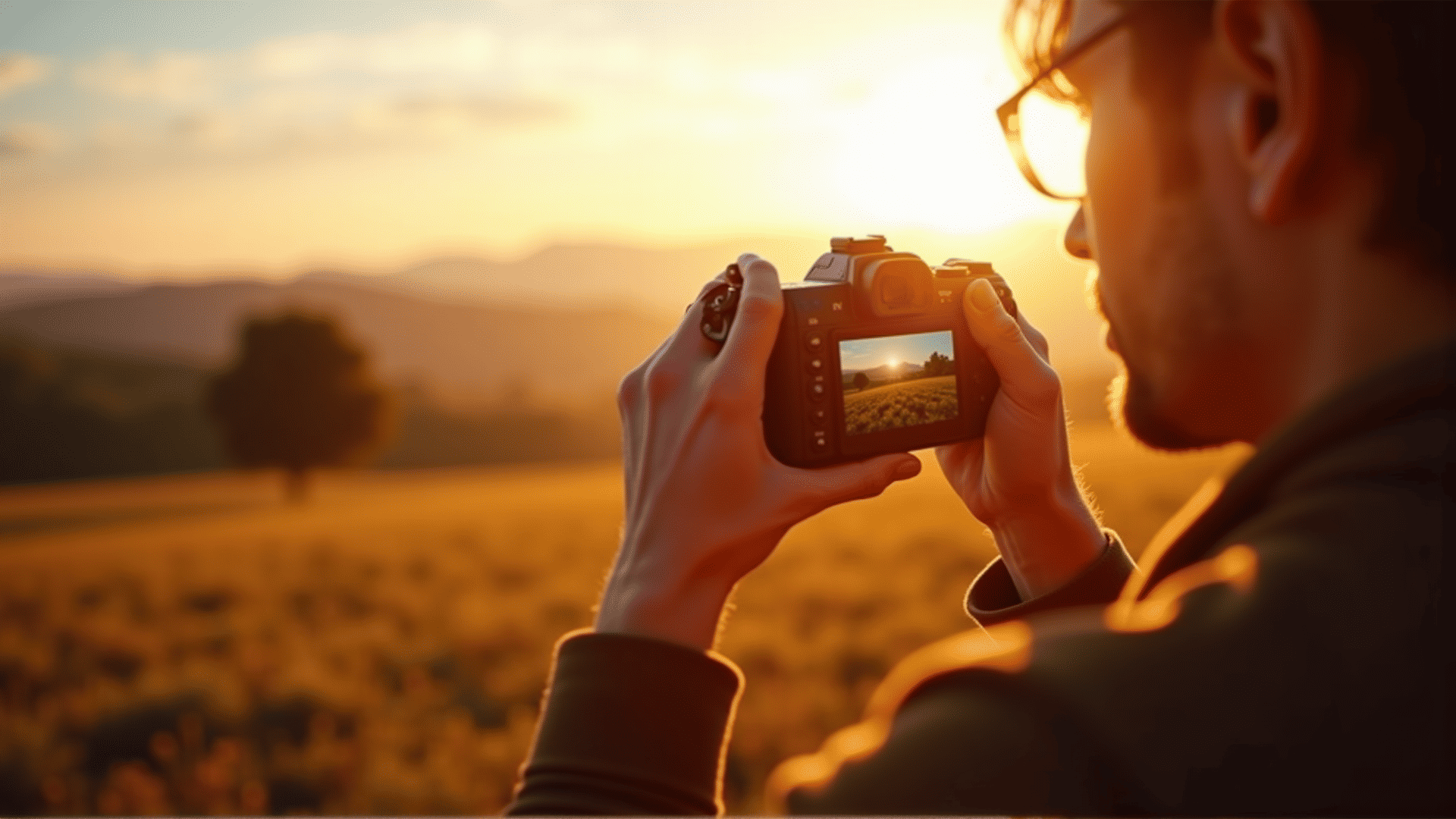Photography is an art form that combines creativity with technical skill, and mastering camera techniques is essential for capturing stunning images. By honing your abilities in framing, focusing, and adjusting settings, you can significantly enhance the quality of your photographs and express your artistic vision more effectively.
The Art of Framing
Framing is one of the fundamental aspects of photography and involves determining how your subject is positioned within the boundaries of the image. A well-composed frame guides the viewer's eye to the focal point, creating a natural flow and balance.
Here are some tips to perfect your framing:
- Rule of Thirds: Divide your frame into nine equal sections by two horizontal and two vertical lines. Position your subject along these lines or at their intersections to create a visually appealing composition.
- Leading Lines: Incorporate lines that guide the viewer's gaze towards the main subject. Roads, bridges, or even shadows can serve as effective leading lines.
- Natural Frames: Use elements in the environment, such as trees or windows, to frame your subject within the scene, adding depth and context to your shots.
Mastering Focus
Focus is critical for ensuring that your subject is sharp and clear while potentially blurring distracting backgrounds. Achieving optimal focus involves understanding your camera's capabilities and experimenting with different focal points.
- Single-Point Focus: This mode allows you to select a precise focal point, ideal for portraits or when emphasizing specific details.
- Continuous Focus: Great for moving subjects, this setting adjusts focus automatically to maintain clarity on the subject as it moves.
- Manual Focus: For intricate compositions or low-light conditions, switching to manual focus can give you full control over where you want the sharpest focus.
Adjusting Settings for Optimal Results
Beyond framing and focus, understanding and manipulating your camera settings is crucial for capturing high-quality images. Here are some key settings to consider:
- Aperture: This controls the depth of field. A wider aperture (lower f-number) will blur the background, making the subject stand out, while a narrower aperture (higher f-number) keeps more of the scene in focus.
- Shutter Speed: Adjust this to either freeze action or introduce motion blur. Faster speeds are perfect for sports or wildlife, while slower speeds can create artistic blurs in moving water or light trails.
- ISO: Dictates your camera's sensitivity to light. Lower ISO values are preferable for bright conditions, while higher values are helpful in low-light situations but can introduce noise.
Putting It All Together
By understanding and applying these core principles of framing, focus, and camera settings, you will be on a path to taking more compelling photographs. Practice regularly, and don't shy away from experimenting with different techniques to see what resonates best with your artistic vision.
To continue improving, analyze your work critically, seek feedback, and stay inspired by exploring the works of renowned photographers. Over time, you'll develop a distinctive style that reflects your unique perspective on the world. Happy shooting!
